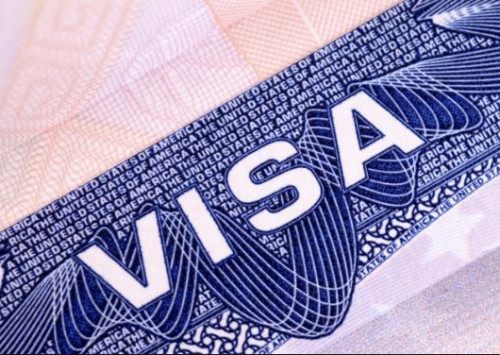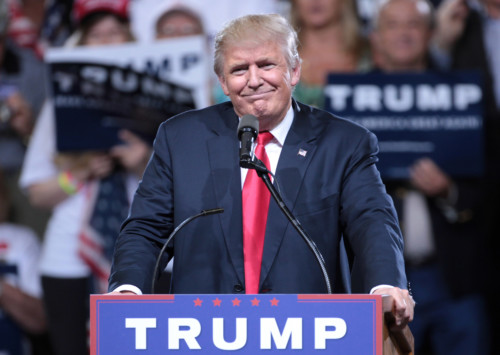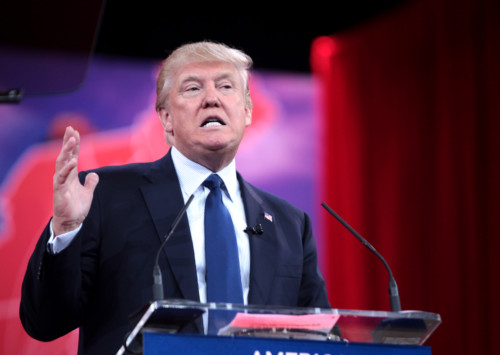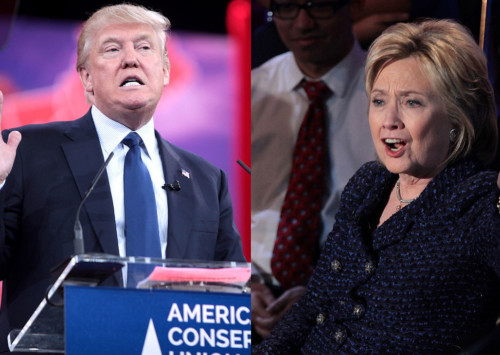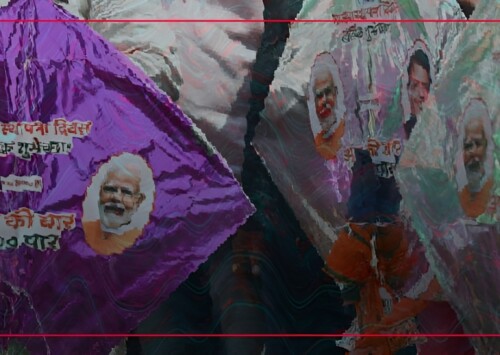Indian firms under pressure with tougher H-1B visa rules
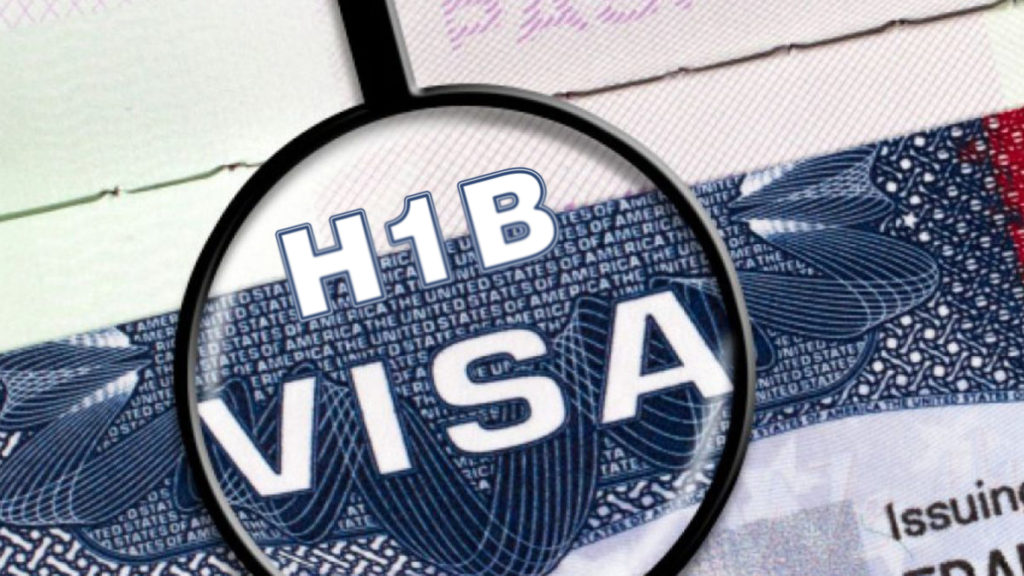
H1B visa is a non-immigrant visa that allows American firms to employ foreign workers in occupations that require theoretical or technical expertise
Just being a computer programmer does not qualify an Indian professional to get an H-1B visa to the United States of America under the ‘speciality occupation’ scheme – allegedly a crackdown by the Trump administration to deter and detect the misuse of the facility by the Indian IT-firms.
The United States Citizenship and Immigration Services (USCIS) announced that the present regime of the US government will have tougher scrutiny on the H-1B visa applications. The USCIS have started accepting new applications for the H-1B visas for the fiscal year beginning on October 1, 2017. The announcement came straight from the White House on Monday, although the newly elected President of the United States has been talking about the H-1B visa programme for a long time now and how it has been a major loophole that has encouraged discrimination in hiring policies of companies.
5 things about the new H-1B visa
The guidelines for defining the ‘speciality occupation’ that the USCIS would look at while accepting a new work visa to the United States will see a sea change from now on. The Indian IT professionals who were hired for their low wages were held responsible for job-cuts and discriminatory hiring policies in America. The new policy envisages a careful investigation of the profile and here are some of the imperative changes in the application procedure that you need to know.
Firstly, the employer who is generally the petitioner should provide evidence to establish that the position is a speciality occupation as defined by the rules. For instance, an entry-level computer programmer will not be considered for a ‘speciality occupation’ unless the individual is skilled or specialised to handle the high-tech responsibilities of that exact position.
Secondly, the 65,000 applicants out of the hundreds of thousands of applications that used to get an entry to the United States through lottery could very well be rejected by the USCIS. This will again hurt the onsite plans of the entry-level professionals with an increase in scrutiny of their applications.
Thirdly, the new order that came into existence on March 31 will directly affect the companies that used to hire associate level employees as they were less expensive compared to the local employees. While they had their hands on keeping costs down, the module of outsourcing had a lot of loopholes in the process.
Fourthly, the Indian firms using such a business model and hiring process could be in a state of shock. The qualified workers will and should demand higher wages while the unnecessary liquidation of wages in these IT firms will affect their profit.
And finally, there is an outside chance that the new order might be challenged in the court on the basis of unprecedented change in rules. The clients or the firms applying for the H-1B visa have all the reasons to be vexed as the new decree came on the last day of March, a day before the opening of the new 2018 petitions.
Competition vs. Conversion
The USCIS in the release has clearly put the agenda of putting American workers first in rolling out the new regime and has also created an avenue for American Workers to report cases of fraud or abuse. USCIS stated that the H-1B visa program should help US companies recruit highly-skilled foreign nationals when there is a shortage of qualified workers in the country. Yet, too many American workers who are as qualified, willing, and deserving to work in these fields have been ignored or unfairly disadvantaged. Protecting American workers by combating fraud in employment-based immigration programs is a priority for USCIS.
In a quote given to The New York Times, Ted Ruthizer, an immigration lawyer with Kramer Levin Naftalis & Frankel in New York said, “The timing is not coincidental. It’s an attempt to show a mastery of the situation, that they know what companies are up to with H-1Bs and they’re not going to let them get away with any shenanigans.”
Donald Trump, in his Presidential pitch, had strongly voiced his opinion on dubious practices by various agencies acquiring the H-1B visa to stack up employees in America. The new regime would witness targeted site visits, allowing the USCIS to focus resources where fraud and abuse of the H-1B program may be more likely to occur, and determine whether H-1B dependent employers are evading their obligation to make a good, faithful effort to recruit American workers. The USCIS will continue random and unannounced visits nationwide. These site visits are not meant to target non-immigrant employees for any kind of criminal or administrative action but rather to identify employers who are abusing the system.
Scrutinising the hiring policy of India’s IT firms
While Trump addresses his election promises, one might be interested to know the country that will suffer the most due to the new regime; it is certainly India. In the financial year 2015, a total of 275,317 beneficiaries received an H-1B visa out of which, 195,247 (70.9 pc) were from India. China (9.7 pc), Canada (1.3 pc), South Korea (1.3 pc), Philippines (1.1 pc) are the other countries with percentages less than 10.
The Indian IT firms and other organisations that pumped in talents from India as underpaid employees to the US companies will have to take the new petitions sincerely. Not only does the procedure become more stringent, the internal policies that nominated an employee over someone else in India would also go through a sea change. The internal PR in the organisation that somehow boosted the possibility of a faster on-site might also get a new outlook.

